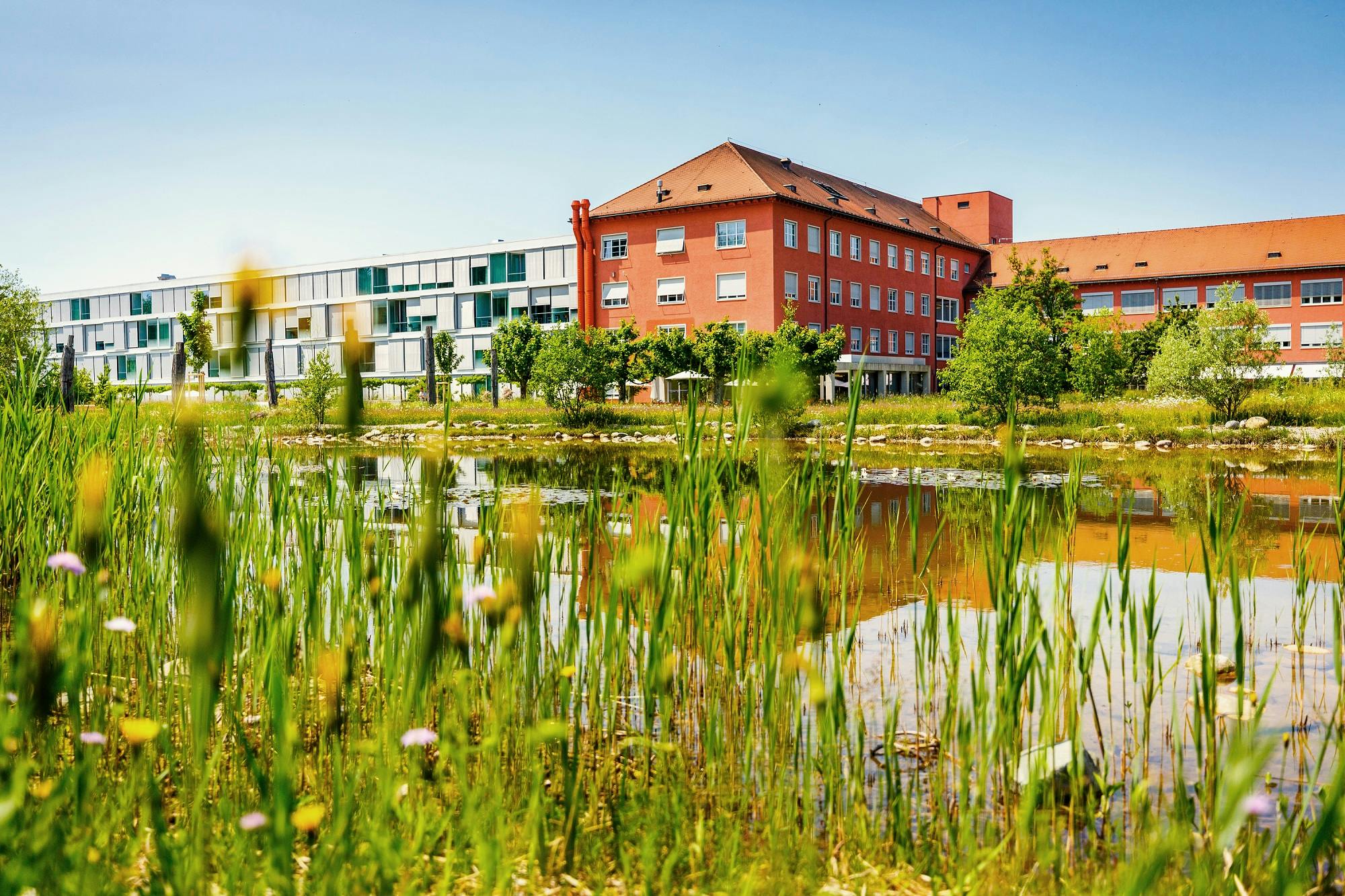Removal of white skin cancer
Dr. med. Sora Linder
May 30, 2023
4 min
Dr Sora Linder, what is white skin cancer?
Skin cancer is the most common form of cancer, whereby a distinction must be made between black and white skin cancer. Black skin cancer, or melanoma, is less common but is a dangerous skin cancer because it can metastasise. More than half of all cancers are a form of white skin cancer. 40 to 50 per cent of all people will develop at least one white skin cancer by the age of 65. However, if diagnosed and treated early, the chances of recovery are very good. Experts estimate that around 20,000 to 25,000 people in Switzerland are diagnosed with white skin cancer every year.
In the case of basal cell carcinoma, the most common type of white skin cancer, the average age of those affected is 60. Men are affected slightly more frequently than women. Basal cell carcinoma destroys the tissue where it grows, but does not metastasise in the body and is often found in sun-exposed areas. Around 93 per cent occur on the head and neck and around seven per cent on the trunk and extremities.
Spinalioma usually occurs from the age of 55, with men being affected twice as often as women. Metastasis to the lymph nodes is rare but possible.
Risk factors are
- UV radiation exposure accumulated over the course of a lifetime
- Chronic inflammation of the skin
- a weakened immune system, for example due to weakening of the immune system with medication
- organ transplants
- chemical noxae such as carcinogenic substances like tar or arsenic
How can white skin cancer be recognised?
- Basal cell carcinomas often appear as small pink-coloured nodules with small veins. They are pigmented or ulcerated.
- Spinaliomas often show raised edges, slight reddening and a scaly surface. In some cases they have an incrustation.
If a skin change is new, painful or wet, does not heal or bleeds, it should be shown to a dermatologist.
When is removal by a plastic surgeon carried out?
If the skin cancer is located on the face, neck or décolleté and surgical removal is recommended, this will be performed by a plastic surgeon.
There are various functionally demanding localisations on the face, such as around the eyes, on the nose or on the mouth. After the removal of a skin alteration from such a localisation, the direct closure would not provide an aesthetically pleasing result and/or would impair function.
As a rule, outpatient treatment under local anaesthetic is possible. After removal of the skin alteration and histological clarification, the focus is on aesthetic and functional restoration of the affected region. The scars should blend in with the natural facial expression, be as short as possible and as invisible as possible, and the normal function of the eyelids, nostrils and lip must be restored.
Thanks to our extensive experience in this field, we can provide patients with detailed and comprehensive advice on this topic in our specialised consultation hours.
Your contact person
If you have any questions or concerns, you can contact us by telephone on +41 44 397 38 60 or by email at plast.chir@spitalzollikerberg.ch.
Dr. med. Sora Linder
Head Physician, Plastic Surgery, BreastCentre Zurich, Bethanien & Zollikerberg
Spital Zollikerberg
Plastische Chirurgie
Trichtenhauserstrasse 20
8125 Zollikerberg
0/0
Weitere Beiträge
Counsellor
Understanding panic attacks: What triggers them and how to counter them
Panic attacks are like sudden storms in the soul - they strike unexpectedly, unleashing a wave of intense fear and often leaving confusion and uncertainty in their wake. But what exactly is a panic attack, how are they diagnosed and treated, and what can sufferers do to deal with them? To delve deeper into this topic, we spoke to Dr Ruedi Schweizer, Medical Director of our Centre for Mental Health.
Counsellor
Can psycho-oncological support improve the chances of recovery or the quality of life of breast cancer patients?
In psycho-oncological topics, you and your relatives will be accompanied through all phases of the illness by experienced psychologists specialising in psychotherapy and specialists in psychiatry and psychotherapy. In this way, we can provide relief, give courage and open up new perspectives. Dr Ruedi Schweizer, our expert in psycho-oncology and Medical Director of the Centre for Mental Health, explains in the following video.
Counsellor
Focus on women's health: An interview with Dr Julia Graf, specialist in gynaecology and obstetrics
On International Women's Day, we would like to focus on women's health. To this end, we met with Dr Julia Graf, an experienced specialist in gynaecology and obstetrics and senior physician at the Women's Clinic, to talk about various aspects of women's health.


